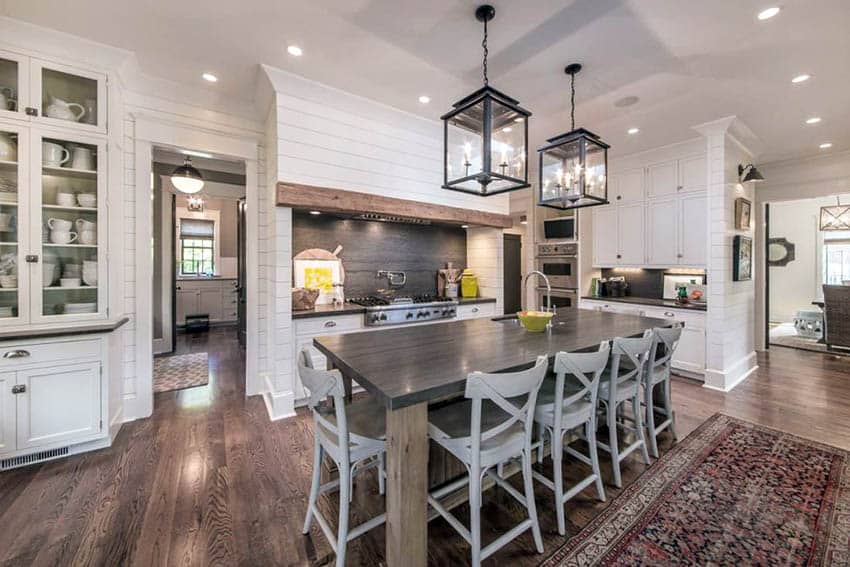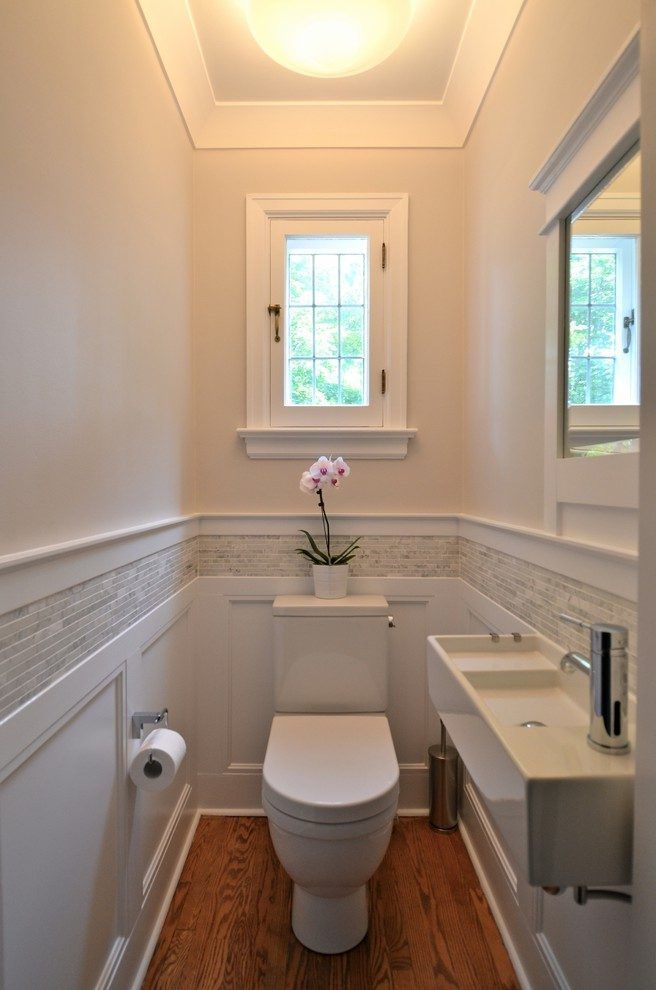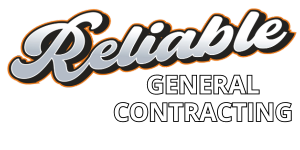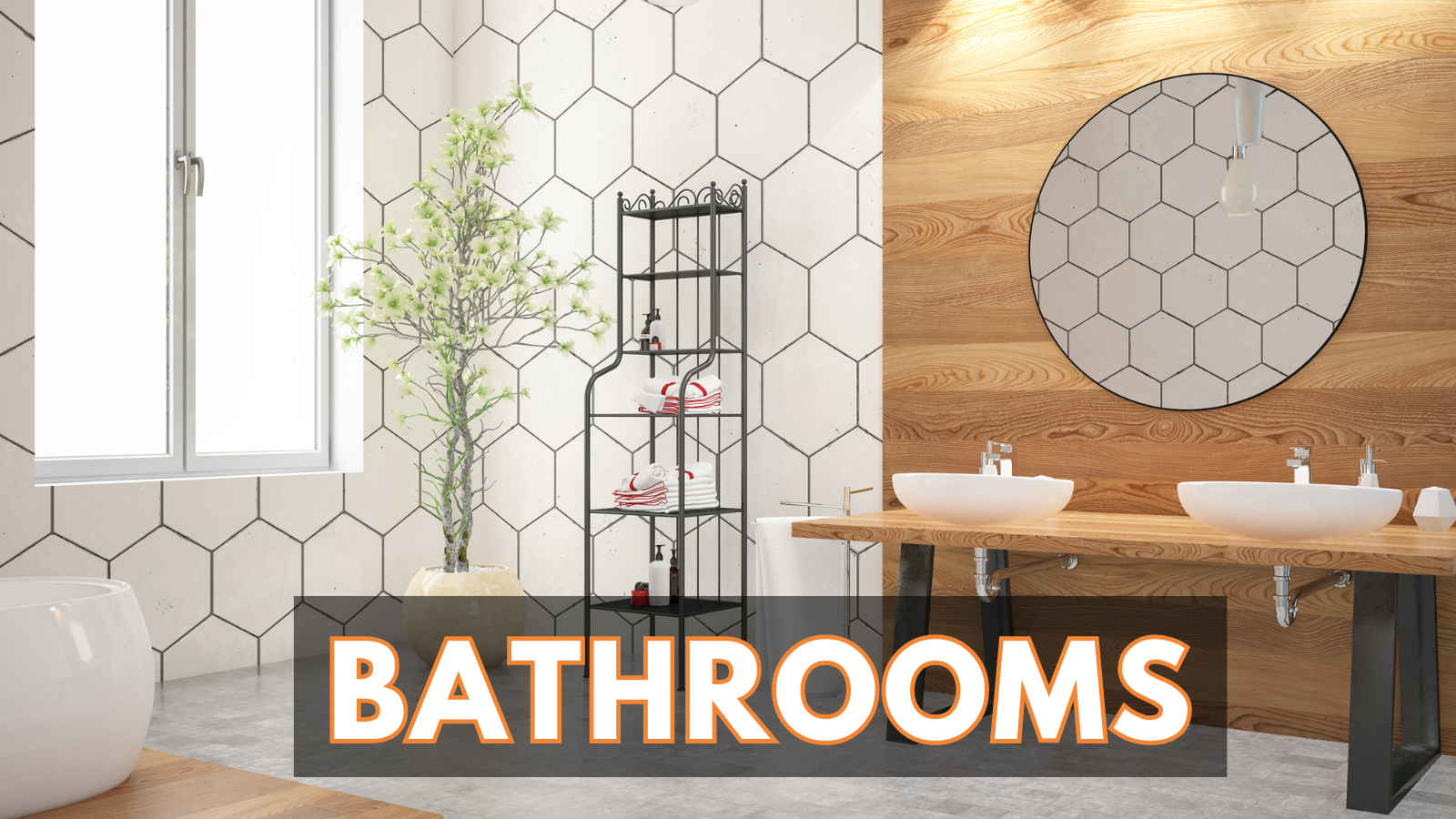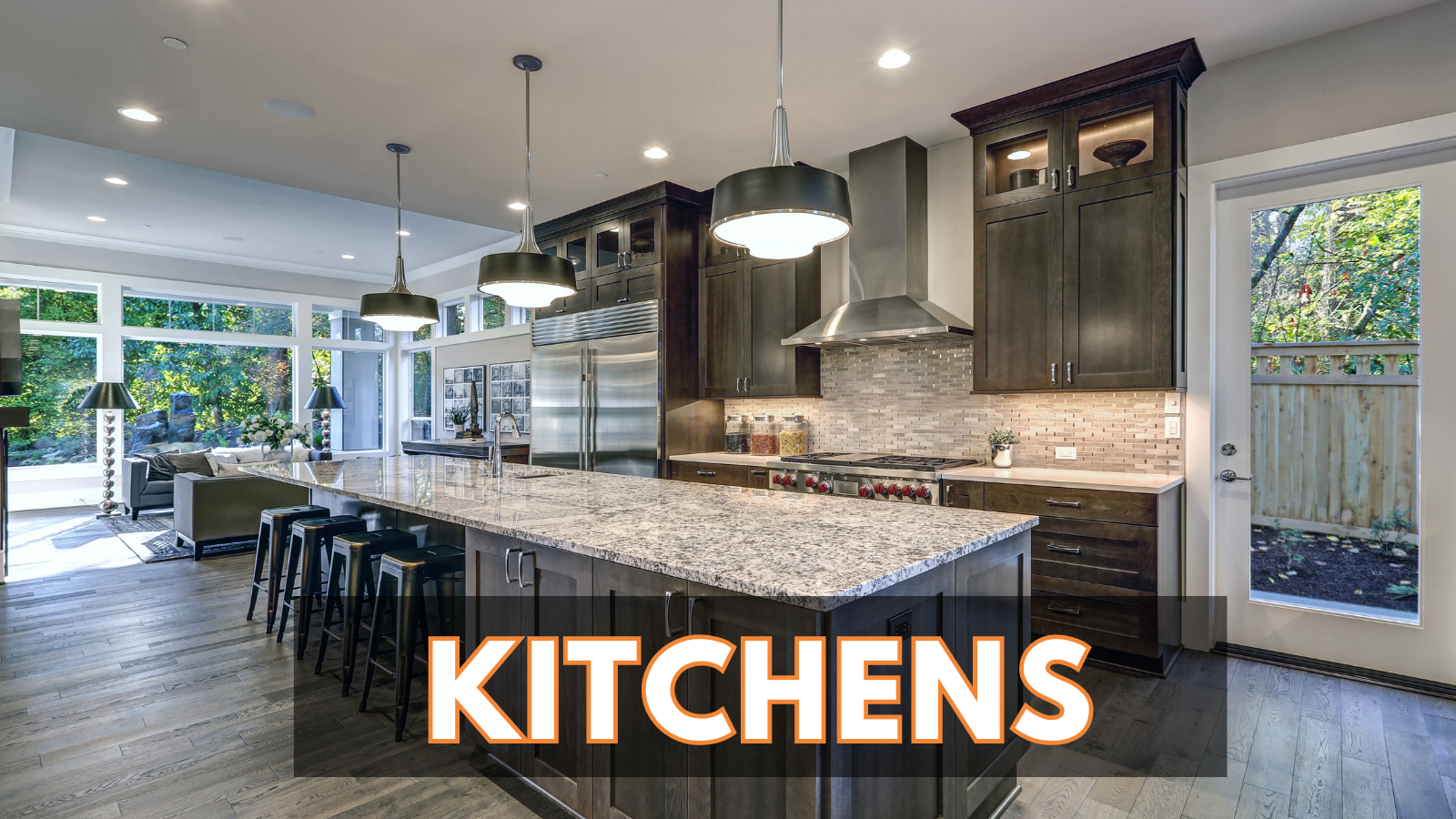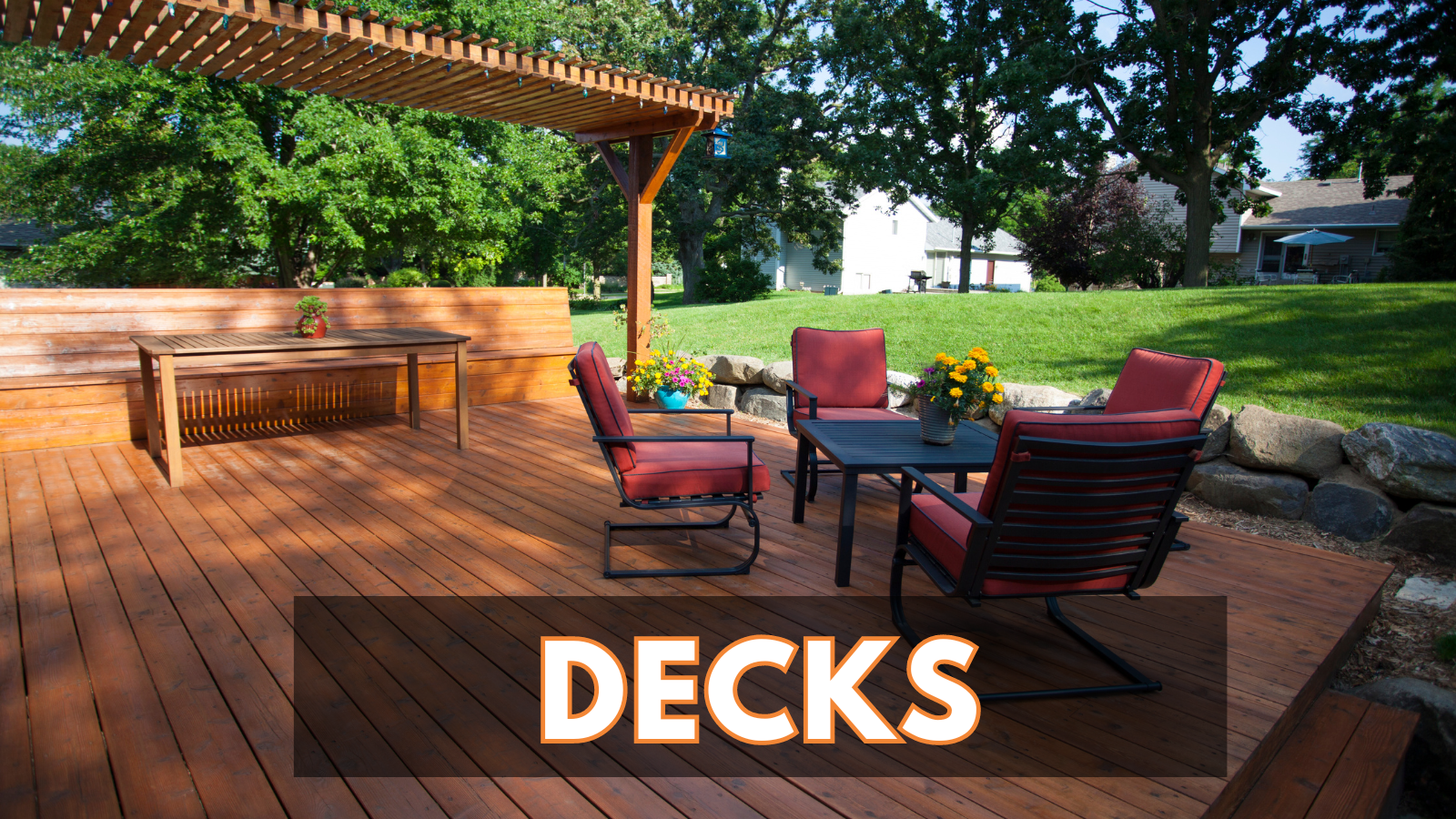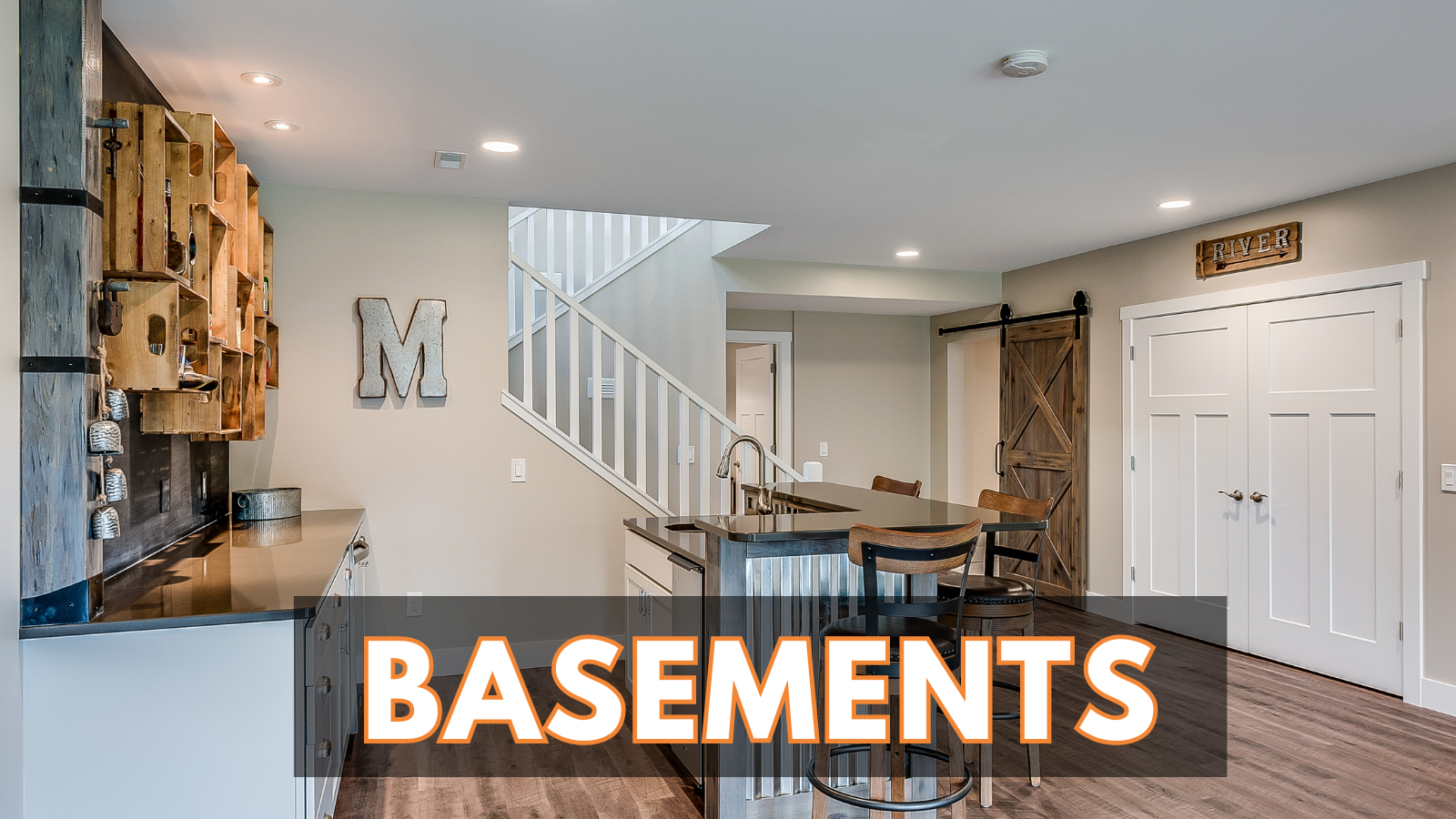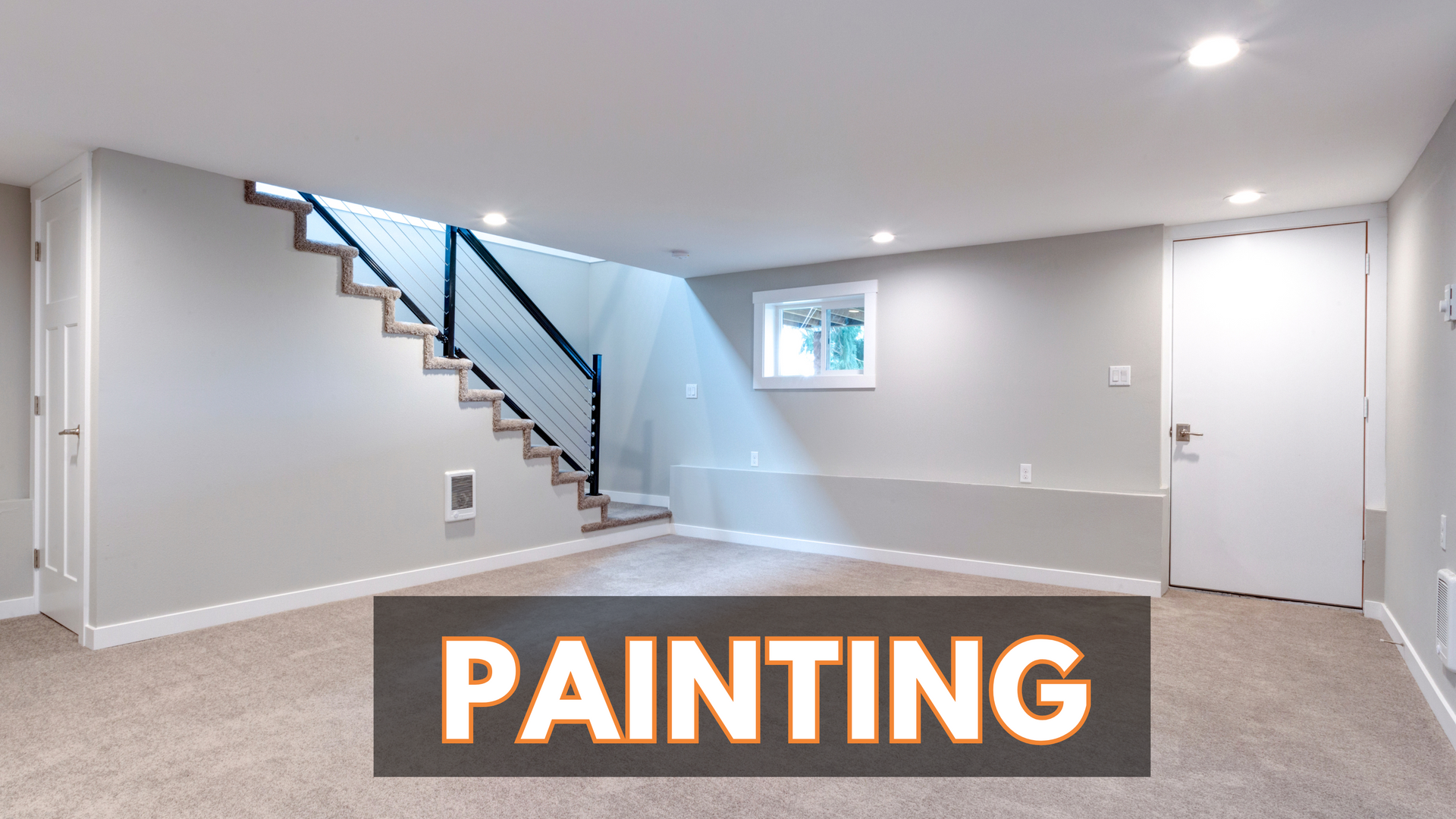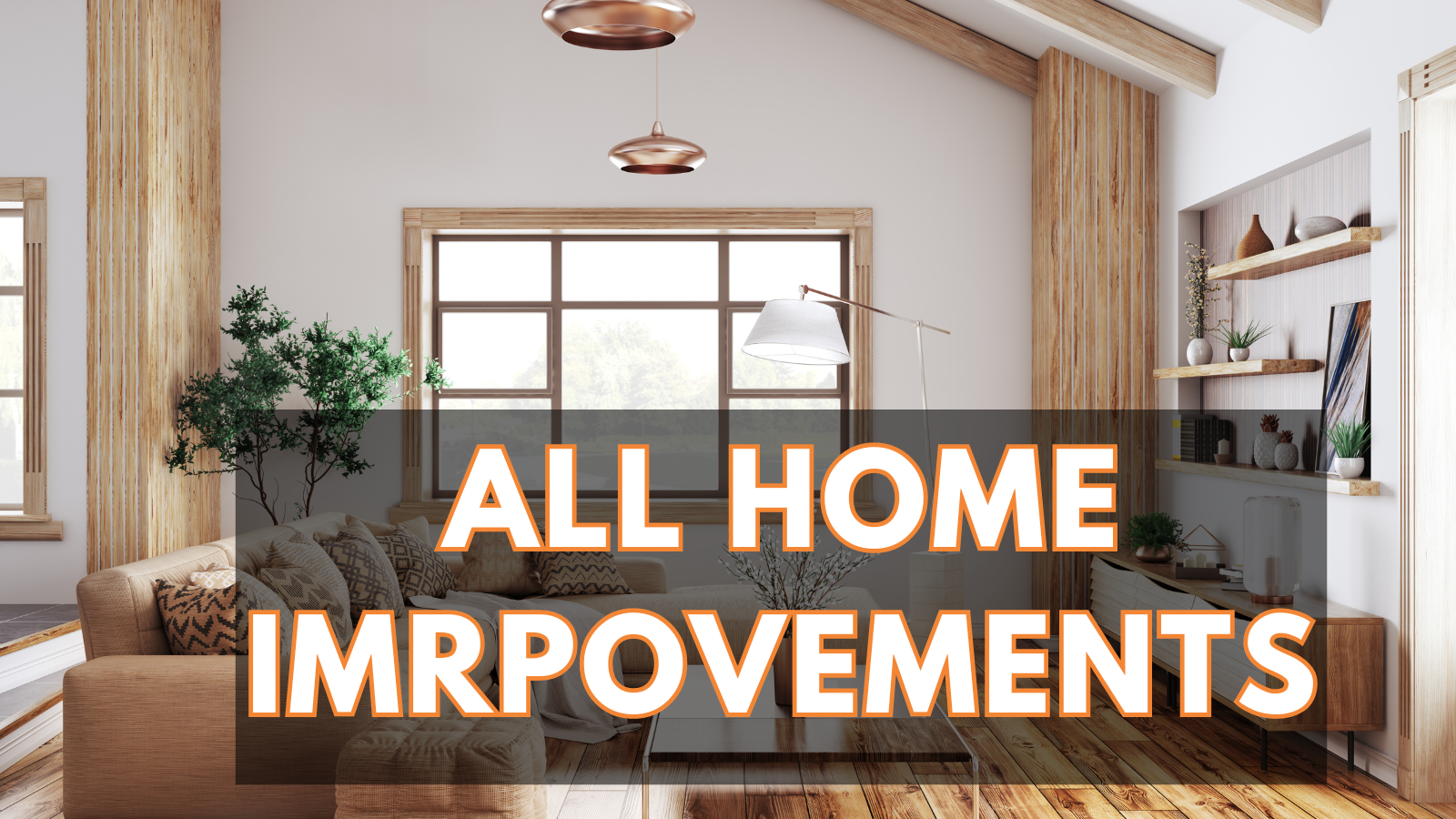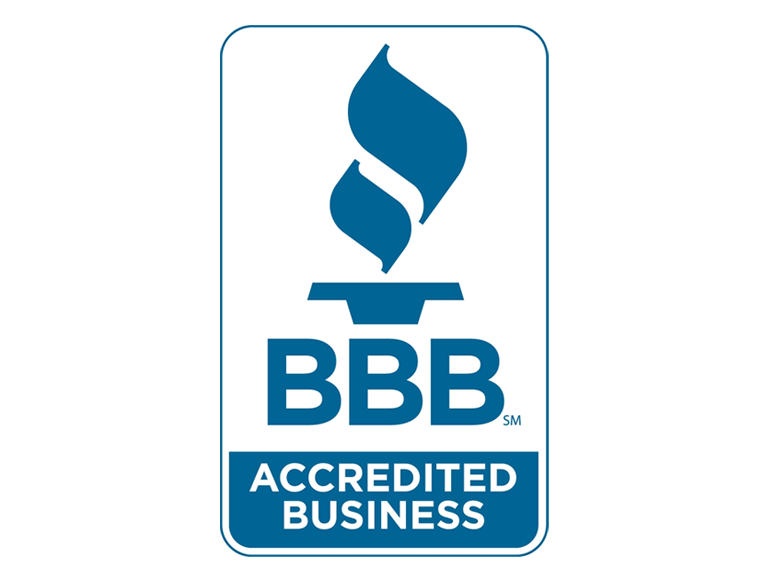What to Look for When Buying a House
By Dan Kaplan at Reliable General Contracting HQ in Royersford, PA
- Cracks in walls, floors, or ceilings? Hairline cracks can be normal. Big, jagged ones or those wider than 1/4” are red flags.
- Doors and windows sticking or not closing right? That could be settling—or something more serious.
- Uneven floors? Bring a marble with you and see if it rolls. It’s old-school, but it works.
- How old is the roof? Most asphalt shingle roofs last 20–25 years.
- Any visible sagging? Could be rotted decking or even framing issues.
- Signs of past leaks inside the attic or ceiling stains? A leaky roof can turn into mold and rot real quick.
- What kind of pipes does the home have? Galvanized pipes? Prepare for future replacements.
- Water pressure? Turn on multiple faucets and flush a toilet. Weak pressure could mean old or clogged pipes.
- Water heater age? These last about 8–12 years. Check for corrosion around the base.
- Is the panel up to code? 100–200 amps is standard for modern homes.
- Any old knob-and-tube wiring or aluminum wiring? These are outdated and potentially dangerous.
- Are outlets grounded? Bring a cheap outlet tester from the hardware store to check.
- System age and service history. Anything over 15 years is living on borrowed time.
- Airflow and even temperature through the house. Uneven heating or cooling can mean duct issues.
- Dirty filters or rust around the furnace? Could mean neglect or water damage.
- Does the yard slope away from the house? It should.
- Gutters and downspouts working and pointed away? Water pooling around the house is bad news.
- Any signs of past flooding or a damp smell in the basement? Mold doesn’t lie.
- Crooked tile, uneven floors, mismatched finishes? Might look cute now, but can cost you later.
- Converted garages or additions? Always check if they were permitted.
- "Updated" kitchens or baths? Make sure the work was done professionally, not just with a YouTube tutorial.
- Check attic insulation. Minimal or old insulation means higher heating/cooling bills.
- Look at window quality. Single-pane windows? Time for an upgrade.
- Air leaks around doors or outlets? Easy to fix, but a sign of general neglect.
